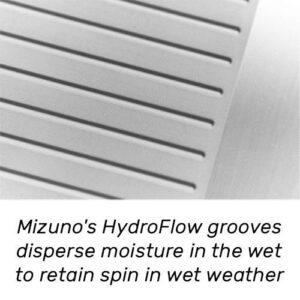Since the inception of the launch monitor, we’ve been able to see things that we would never have had any chance to see. We can now accurately see what our ball speed, club speed, path etc are in the most accurate of ways. This has brought something into the public consciousness in a whole new light: spin. Now with any golf shot in which we’re attempting to get the ball in the air spin plays a vital role in dictating how the ball behave once it’s in the air and when it hits the deck and depending on the aim of the club, we’ll require different spin rates for different ball flights. We’ll want our drive to have less spin than our 7 iron for example so it goes further, but not too little that it drops out of the air. Now the spinniest clubs in our bag, and the topic of conversation for today, are the wedges. So why do we need to have control over our spin rates? And how can we do that with the scoring clubs?
It’s the shot that we all want in our locker, you have a short club in your hand from 40/50 yards out, you fire it in low to the green and the ball skips on for a bounce or two and then abruptly stops and rips back as if someone has it on a piece of string that’s just become taught. We see it on TV all the time so there must be a reason that the pros do it. If I can distil it down to the most simple way of thinking, having spin means we can stop the ball without pumping it 100 ft into the air which gives better distance control and less susceptibility to the elements. Now the one thing that I will say is that it’s is extremely hard to get that kind of ball flight with a partial wedge shot and the pros have exceptional control over their delivery in order to create those kind of launch conditions, but having the correct style of wedges certainly moves your ball flight in the right direction.
So how do wedges spin the ball? The first component and always the most significant factor in how you spin the ball is loft. Wedges are the most lofted clubs in the bag, so therefore generate the most spin as the loft gives the ball more contact with the face. In addition to loft, we have to consider head design when looking at why a wedge will spin. There’s always an arms race between manufacturers for who can create the spinniest club heads, because the more spin a head generates, the less speed you need to put in to stop it. And if you can spin it without putting speed in, you can spin and stop the ball from a much shorter distance, unlocking much more aggressive lines and giving golfers the ability to attack pins and guarantee shorter putts.
 There are a few ways that manufacturers do this, such as different milling and groove designs to maximise friction. This also gives wedges more spin in the wet which is a category that manufacturers really like to look at now. The centre of gravity in the head is another way to load the head with spin. By moving the centre of gravity higher in the head, gear effect will cause the ball to come off lower, with more interaction with the grooves and therefore more spin. So, the next time you’re in the shop, take a look at the topline of all the premium wedges and you’ll notice they’re a good deal thicker than they used to be, this is how centre of gravity is moved higher in the head.
There are a few ways that manufacturers do this, such as different milling and groove designs to maximise friction. This also gives wedges more spin in the wet which is a category that manufacturers really like to look at now. The centre of gravity in the head is another way to load the head with spin. By moving the centre of gravity higher in the head, gear effect will cause the ball to come off lower, with more interaction with the grooves and therefore more spin. So, the next time you’re in the shop, take a look at the topline of all the premium wedges and you’ll notice they’re a good deal thicker than they used to be, this is how centre of gravity is moved higher in the head.
So the next time you pull out your wedge, just think about what it’s doing for you. Is it spinning? Is it going too high? Are the grooves fresh? Is the centre of gravity too low? If you aren’t sure about any of these questions, come in and we’ll help you out!
Jim Mitchell
Custom Fitting Specialist



